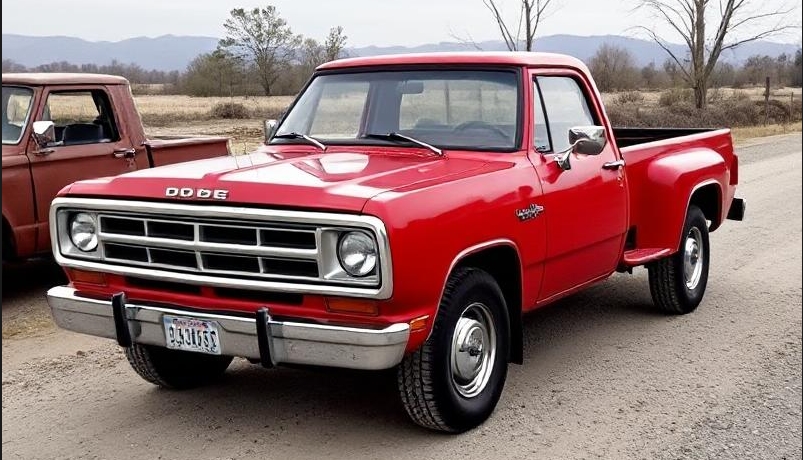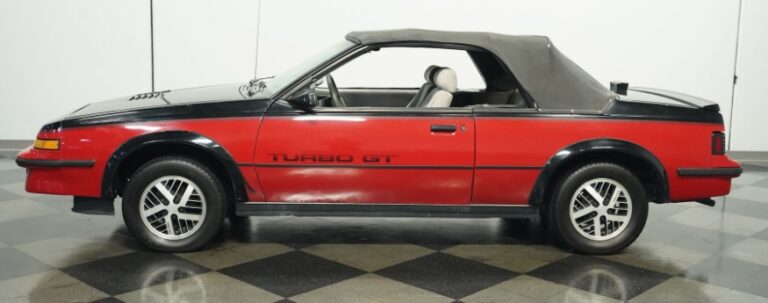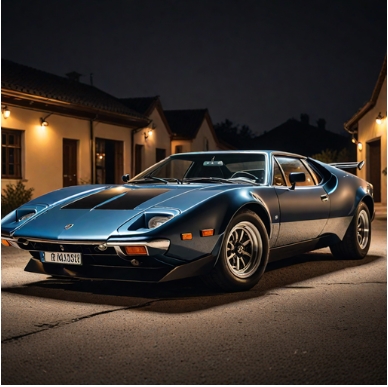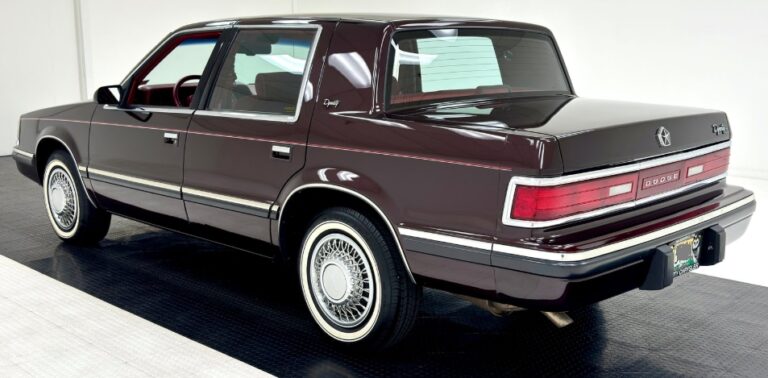The Evolution of the Dodge D Series Pickup: A Comprehensive Overview
The Dodge D Series pickup trucks hold a special place in the automotive history of the United States. Produced from 1960 to 1980, the D Series represented one of the company’s most significant forays into the competitive world of light trucks. During its two-decade run, the Dodge D Series evolved through various iterations, responding to changing consumer demands, market dynamics, and technological advancements. In this article, we’ll explore the evolution of the Dodge D Series, covering its production years, trim levels, and models.
1. The Birth of the D Series (1960-1966)
The Dodge D Series made its debut in 1960 as a robust, no-nonsense workhorse. Dodge launched the D Series as a response to the growing demand for pickup trucks capable of handling heavier loads and rougher terrains. The D Series replaced the previous Dodge C Series and came in various configurations, including the D100 (half-ton), D200 (three-quarter ton), and D300 (one-ton).
1960-1961: The initial production years introduced several features that became hallmarks of Dodge pickups, such as the iconic “forward look” styling and a choice of either a 6-cylinder or a V8 engine. Models offered included the basic D100 and D200, along with varying trim levels to appeal to different consumer needs. Trim designs focused on functionality, with few luxury options.
1962-1966: Dodge remodeled the D Series with slight updates, enhancing the truck’s aesthetic appeal by offering more trim options, additional safety features, and improved comfort within the cab. The introduction of the 318 cubic inch V8 engine in 1966 allowed for increased power, paving the way for heightened performance and further broadening the appeal beyond the traditional work truck.
2. The Classic Years (1967-1972)
The D Series underwent significant revision for the 1967 model year, adopting more modern aesthetics and improved mechanics. The trucks gained a reputation for their toughness and durability with this generation.
1967-1971: Dodge redesigned the entire D Series lineup, offering a more streamlined look with a longer wheelbase. Innovations such as an optional heavier-duty rear axle and a redesigned grille also caught consumer interest. Different models within this period included the D100, D200, and D300, while the introduction of special variants like the D100 Adventurer catered to buyers looking for more trim and comfort.
1972: The 1972 model year is notable for minor updates, including the addition of a wraparound windshield and a revised dashboard. The popularity of trim levels increased, as buyers could now opt for options like the Custom and Royal models, which emphasized comfort and style.
3. The Mid-Life Crisis (1973-1980)
The mid-1970s brought significant changes in automotive design and regulations, primarily attributed to environmental and fuel economy considerations, which impacted all manufacturers.
1973-1978: Starting in 1973, the D Series adopted a more rectangular design, aligning with the broader industry trend toward a more utilitarian appearance. This era also marked a focus on increased cab space and comfort. Dodge introduced a range of engines, including more fuel-efficient 6-cylinder options to comply with increasingly strict emissions regulations.
Models and Trims: During this period, the D Series continued to offer the D100, D200, and D300 models, as well as the advent of higher trims like the D100 and D200 “Royal” models, which incorporated more luxurious interior materials, chrome accents, and improved technology.
1979-1980: The final years of the D Series saw the introduction of a new Dodge pickup design, marking a significant shift. These trucks maintained their ruggedness while improving aerodynamics and comfort. The introduction of the D150, D250, and D350 models offered versatility for both work and leisure, catering to a broader consumer market.
4. Key Features and Innovations
Throughout its evolution, the Dodge D Series pickup introduced several key features that reflected the shifting landscapes of automotive technology and consumer expectations:
- Engine Choices: Over production years, Dodge improved engine offerings. The inclusion of the Chrysler Slant-6 engine offered better fuel efficiency, while the V8 options such as the 360 engine provided increased power for heavy-duty hauling.
- Trim Levels: Dodge expanded trim levels and options throughout the D Series era. Early models were basic, built primarily for utility, but by the 1970s, variations like the Adventurer and Royal added styling, features, and amenities catering to a broader audience.
- Safety and Comfort: As federal safety regulations evolved, so did the design of the D Series. Features like seat belts, padded dashboards, and energy-absorbing steering columns were introduced to improve passenger safety while increasing driver comfort through better cab designs.
.
If you’re into Dodge vehicles…
See a RARE COOL 2010 Dodge Challenger Mopar ’10
.
5. Legacy and Impact
The Dodge D Series pickup’s production concluded in 1980, paving the way for the Dodge Ram series, which would further cement Dodge’s reputation in the truck market. The D Series set foundational elements that influenced subsequent designs, particularly in terms of styling, engine options, and marketing strategies.
The D Series trucks are often celebrated by enthusiasts for their rugged design and capabilities. Today, many of these pickups are regarded as classics, striking a chord with collectors and restoration enthusiasts alike. Their unique blend of style and utility remains influential, as many lessons learned during the D Series’ production are seen in modern pickups.
Conclusion
The Dodge D Series pickup’s evolution from a basic workhorse to a more sophisticated vehicle for a wider audience reflects profound shifts in consumer demands and automotive technology over two decades. From its debut in 1960 to its final run in 1980, the D Series transformed the pickup truck landscape, contributing significantly to Dodge’s legacy in the automotive industry. As an embodiment of American resilience and ingenuity, the Dodge D Series continues to be appreciated by truck aficionados and collectors today, leaving an indelible mark on the pickup truck market.







